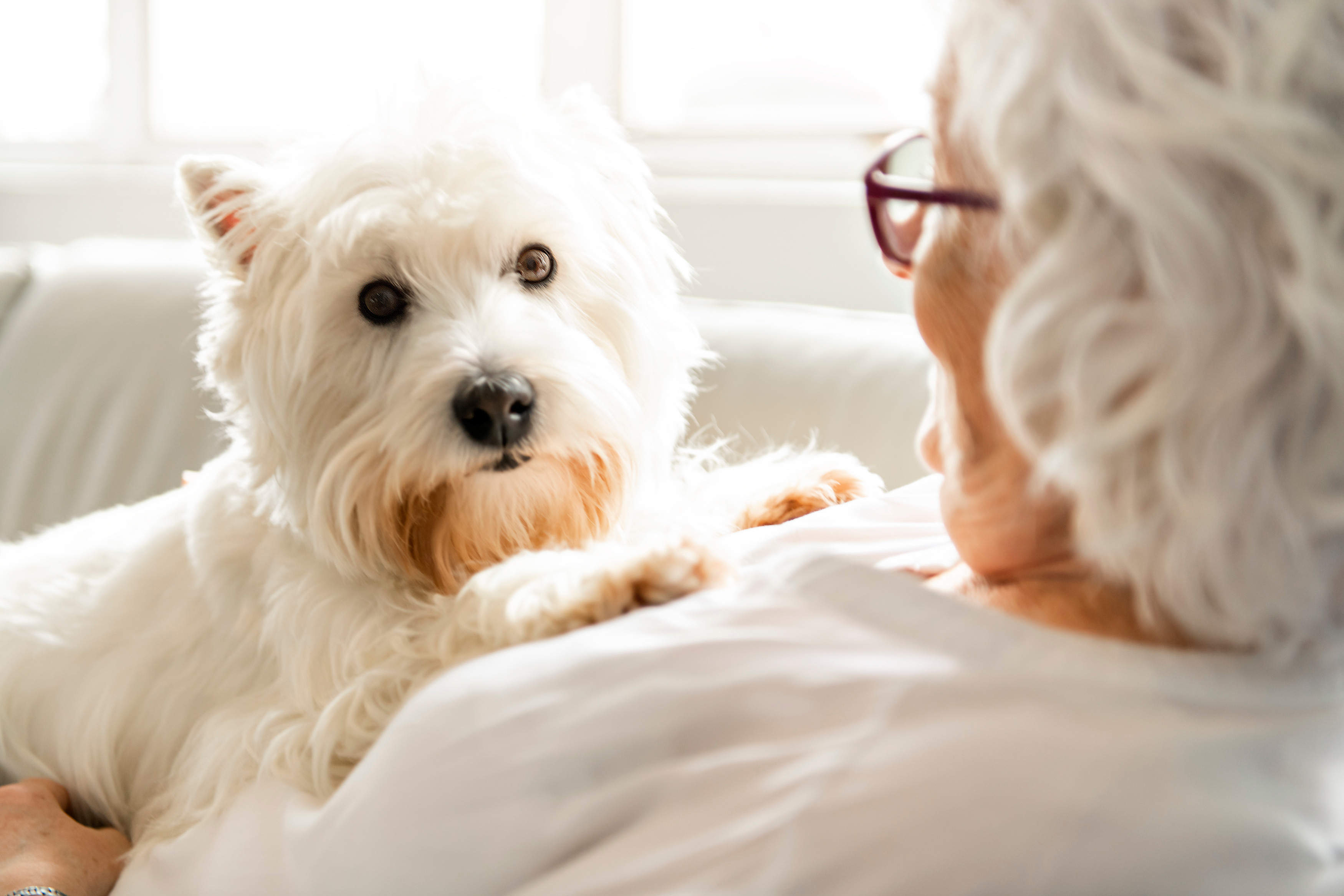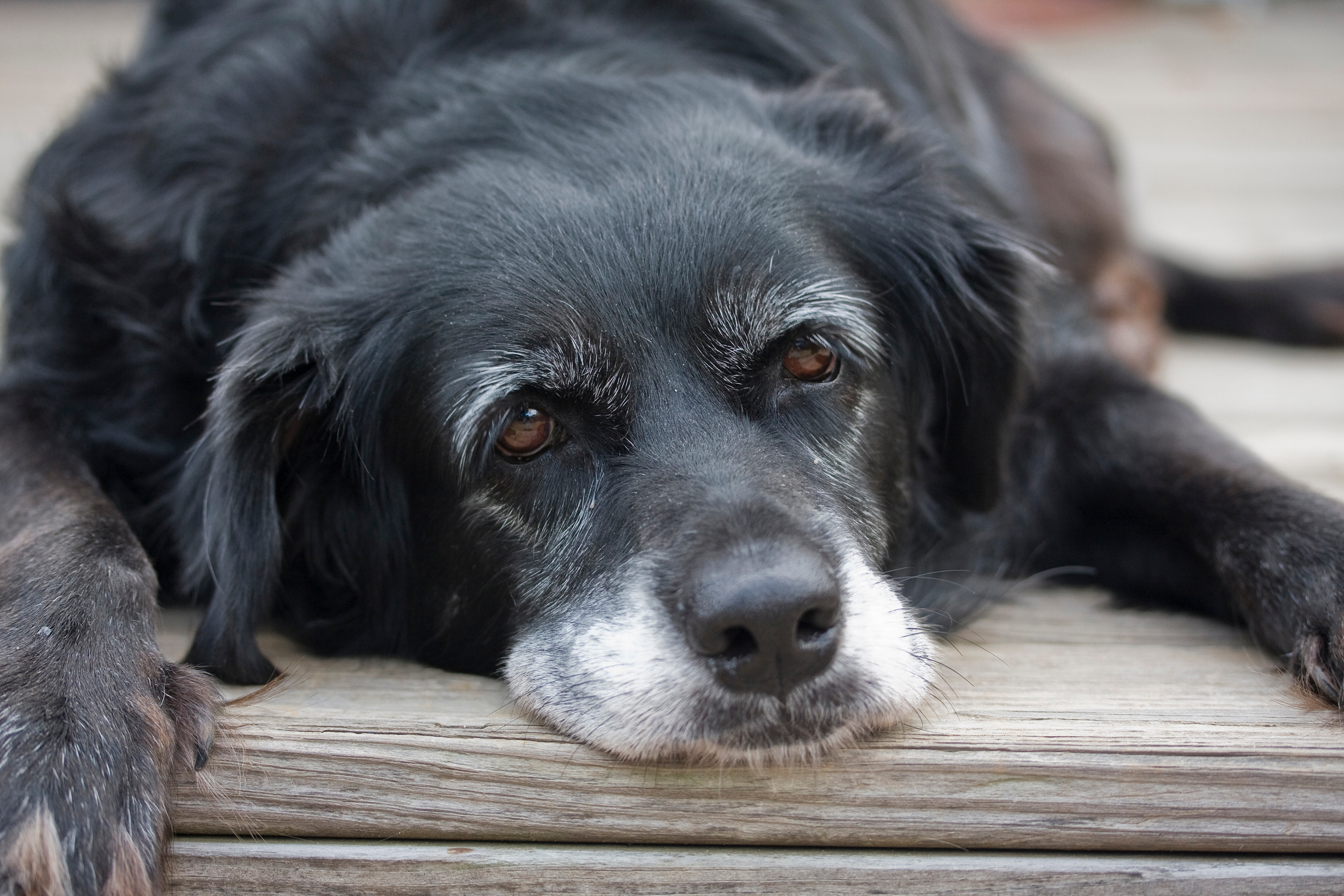Home | Surgical Care | Post-Operative Instructions For Dogs
Post-Operative Instructions For Dogs
Apr 04 2022
What to do when your dog arrives home after surgery
After arriving at home, you should keep your dog warm and comfortable by providing a soft clean bed, ideally in a quiet and draft-free room at a comfortable room temperature (68-75°F or 20-24°C).
Your dog should remain indoors overnight, going outside only for short leash walks as needed to urinate and defecate. For most procedures, your dog’s activity should be restricted for one full week after surgery. It is essential to avoid running, jumping, and other strenuous activities that could cause excessive strain on the wound.
Featured Resources

We Welcome New Patients!
We're always happy to give your furry friend care at our hospital. Get in touch today!
Contact UsFeeding your dog post-surgery
A few hours after arriving at home, you may offer your dog approximately half of his normal dinner.
If he eats this and still seems hungry, you may offer the rest of his meal approximately one hour later. Some dogs experience nausea after general anesthesia, so dividing the meal into smaller portions may decrease the risk of nausea and vomiting.
Unless otherwise instructed, your dog’s access to water should not be restricted.
"It is essential to avoid running, jumping, and other strenuous activity that could cause excessive strain on the wound."
What to do if your dog is licking or chewing the stitches
Your dog instinctively may try to clean his surgical site by licking. If you have been given an Elizabethan-type protective collar (often referred to as a “cone” or E-collar), please ensure it is used in order to prevent chewing. If you have not been given an E-collar and your dog begins licking or chewing the incision, please contact the hospital and request one.
"If your dog does succeed in removing any stitches, please call the hospital as soon as possible."
Not surprisingly, many dogs find these collars strange at first and will attempt to remove them. However, after a short period, most dogs will settle down and tolerate wearing the collar. It is better to keep the collar on all the time, rather than to take it on and off. It only takes a few seconds of chewing for a dog to remove his stitches or damage the surgery site. If your dog does succeed in removing any stitches, please call the hospital as soon as possible.
What to do if your dog is licking or chewing the stitches
Your dog instinctively may try to clean his surgical site by licking. If you have been given an Elizabethan-type protective collar (often referred to as a “cone” or E-collar), please ensure it is used in order to prevent chewing. If you have not been given an E-collar and your dog begins licking or chewing the incision, please contact the hospital and request one.
"If your dog does succeed in removing any stitches, please call the hospital as soon as possible."
Not surprisingly, many dogs find these collars strange at first and will attempt to remove them. However, after a short period, most dogs will settle down and tolerate wearing the collar. It is better to keep the collar on all the time, rather than to take it on and off. It only takes a few seconds of chewing for a dog to remove his stitches or damage the surgery site. If your dog does succeed in removing any stitches, please call the hospital as soon as possible.
Observing the surgical incision
The incision should normally be clean and the edges should be together. The skin surrounding the incision should be a normal or slightly reddish-pink color. In pale-skinned dogs, bruising is often seen around the surgical site. This may not appear until a few days after the operation and in some cases can seem excessive in comparison to the size of the incision. This is due to seepage of blood under the skin edges and is a normal occurrence. In some cases, a small amount of blood may seep intermittently from a fresh incision for up to twenty-four hours, especially if the animal is active.
You should be concerned and should contact the hospital immediately if you see any of the following at the surgical site:
Continuous or excessive blood draining.
Intermittent blood seepage that continues for more than twenty-four hours.
Excessive swelling or redness of the skin.
Unpleasant smells or discharge.
When to remove the stitches
In general, most skin stitches or sutures are removed seven to fourteen days after the operation; the actual time depends on the type of surgery performed. You will be instructed if and when your dog should return for suture removal.
In some cases, your veterinarian may use sutures that do not require removal. These sutures are placed under your dog’s skin and will dissolve in the coming weeks.
If you have any questions regarding your dog’s stitches, please contact your veterinarian.
When can my dog resume normal activities?
This will depend upon the type of operation your dog underwent. In most cases, your dog’s activity will need to be restricted for at least one to two weeks, or until the sutures are removed (if the sutures are to be removed). During this time, it is important to limit your dog’s activity in order to prevent the incision from opening. It is also essential to avoid swimming or baths during this time, as moisture can help introduce bacteria into the wound and lead to infection. Your veterinarian will give you detailed instructions on activity restrictions and any other post-operative instructions.
When can my dog resume normal activities?
This will depend upon the type of operation your dog underwent. In most cases, your dog’s activity will need to be restricted for at least one to two weeks, or until the sutures are removed (if the sutures are to be removed). During this time, it is important to limit your dog’s activity in order to prevent the incision from opening. It is also essential to avoid swimming or baths during this time, as moisture can help introduce bacteria into the wound and lead to infection. Your veterinarian will give you detailed instructions on activity restrictions and any other post-operative instructions.
Contributors: Catherine Barnette, DVM
Frequently Asked Questions
Educate yourself on your pet’s health needs. Learn more about the most common questions we get asked by other pet owners like yourself.
Tips and Advice From Our Team
Looking for advice about caring for your pet? Our blog features helpful tips and educational material from our team to support your needs.




